Guided by its mission to support low-income families, the HA maintains PRH rent at an affordable level inclusive of rates, management fees, and maintenance costs. The Rent Assistance Scheme (RAS) is also available to further assist tenants experiencing temporary financial difficulties. Households in-need could also be referred to the RAS through non-governmental organisations, local District Councils and Estate Management Advisory Committees. During the reporting year, around 19,020 households received assistance from the scheme.
In 2019/20, the HA allocated around 12,100 PRH units to general applicants (i.e. family and elderly one-person applicants) and non-elderly one-person applicants under the Quota and Points System (QPS), and around 5,400 PRH units to PRH tenants requesting for transfer, households recommended by the Social Welfare Department for compassionate rehousing, junior civil servants, eligible clearees, etc.
To safeguard the rational and efficient use of public resources, the HA have continued the effective three-pronged approach of eligibility checking, occupancy-related inspection, and public education during the year.
In essence, we have completed checking of around 250,000 income and assets declarations under the revised “Well-off Tenants Policies”, and conducted biennial inspection of some 436,000 PRH flats and investigation of around 6,300 occupancy-related and suspected tenancy abuse cases in 2019/20.
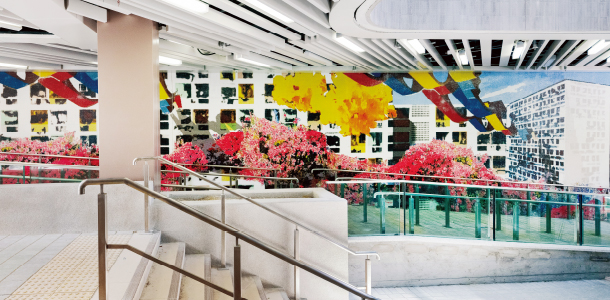
To provide PRH households with opportunities to improve their living conditions, the HA has been promoting the Territory-wide Overcrowding Relief Exercise (TWOR) and Living Space Improvement Transfer Scheme (LSITS). The schemes allow PRH households, with living density below 7m2 internal floor area per person, to be transferred to larger flats if availability of public housing resources allow. In 2019/20, a total of about 270 households accepted allocation for relieving overcrowding.
Please refer to page 24 to 25 of our Annual Report 2019/20 for more information on how the HA combat tenancy abuse and relieve overcrowding.
The HA attends to safety and quality of the living environment in our existing housing estates, and thus has maintained a series of maintenance and improvement programmes over the years.
Proactive in-flat inspection and repair programme has been introduced under the Total Maintenance Scheme (TMS). In 2019/20, the programme has been commenced in 16 estates. Under the umbrella of TMS, we continued maintenance programmes including Mandatory Window Inspection Scheme (MWIS) and Responsive In-flat Maintenance Services (RIMS) for our PRH estates.
In 2019/20, we have also:
Meanwhile, the Comprehensive Structural Investigation Programme (CSIP) was also implemented to extend the useful life of aged estates.
Please refer to page 68 to 70 of our Annual Report 2019/20 for more details on these maintenance programmes.
For aged estates, the HA adopts an estate-by-estate approach to consider estate redevelopment. As redevelopment would inevitably reduce supply of housing in the short run, the HA prudently explores and undertakes detailed studies for every redevelopment opportunity with reference to the Long Term Housing Strategy (LTHS) and four basic principles, namely:
For each redevelopment project commenced, we strive to communicate and collaborate with relevant stakeholders and local community to ensure the development to be constructed could address their increasing demand. For example, during redevelopment of the Wah Fu Estate, we have proposed a pedestrian network to improve connectivity with public transportation and community facilities upon consulting relevant stakeholders.
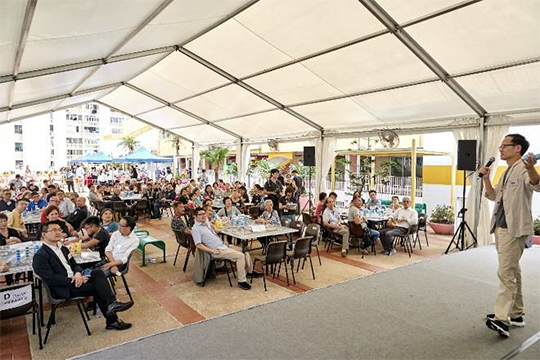
Participants are briefed prior to the discussion session of the community engagement workshop
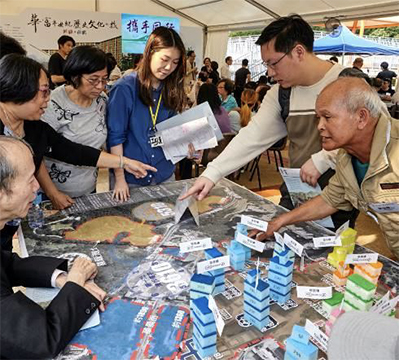
Enthusiastic participants engaged in much lively discussion during the community engagement workshop
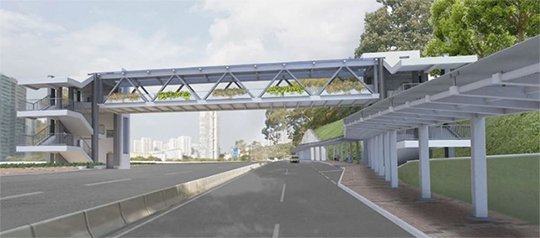
Proposed footbridge to connect the public housing estates across Pok Fu Lam Road after consulting relevant stakeholders
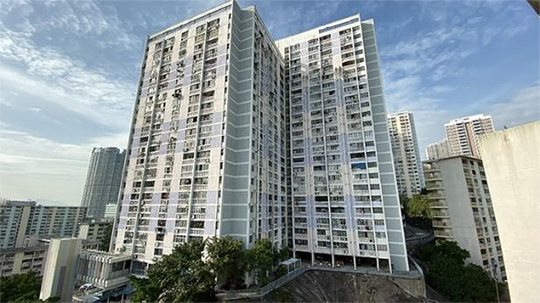
Wah Fu Estate
Ranging from car parks, factory premises, retail shops to community, education and welfare facilities, the HA provides and maintains a range of commercial premises and ancillary facilities to accommodate daily needs of the community.
We strived to keep abreast of residents’ needs and market trends to adjust the marketing and leasing strategies of our retail facilities. These include diversifying trade and tenants mix, providing mobile facilities and parcel lockers, arranging trade fairs, carrying out feasibility studies and improvement works for shopping centres, and converting less popular non- domestic facilities into other uses as appropriate. For more information, please refer to page 77 to 79 of our Annual Report 2019/20.
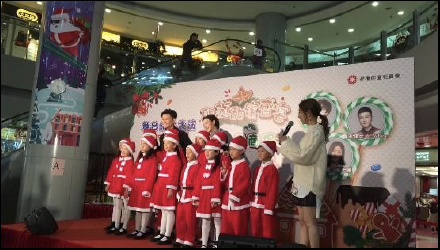
Christmas event at Lei Muk Shue Shopping Centre
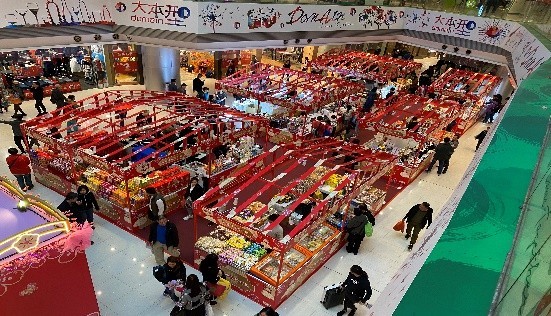
Chinese New Year trade fair at Domain